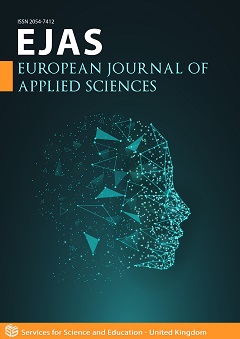Mass and Scattering of a Quantum Particle as a Relativistic Distribution of Matter
DOI:
https://doi.org/10.14738/aivp.102.12165Keywords:
Quantum particle, wave/group velocity, spinor, Fermi’s golden rule, quantum scatteringAbstract
In this paper, a quantum particle is described by a time-space distribution of matter according to the general theory of relativity, which is essentially based on the invariance of the time-space interval. If we consider a time-space interval for two successive points of the trajectory of a punctual quantum particle, as such a particle is conceived in the conventional quantum mechanics, any interaction with a field is described by a variation of this interval. It is remarkable that the velocity induced by such an interaction, for a rest particle is equal to the light velocity, which means that the mass of any punctual particle is null. This is perfectly understandable from the physical point of view, since a particle described only by position coordinates is a punctual one, i.e. with a null volume, and, consequently, a null mass. Unlike the present understanding of a quantum particle, as a punctual entity randomly occupying different positions given by its wave function, and with a mass given by coupling with a Higgs boson, we conceive a quantum particle as a distribution of matter, quantized by the equality of the mass given by the space integral of the wave function, with the mass given by the matter dynamics according to the general theory of relativity. In this framework, we previously described the spinor propagation under the interaction with an electromagnetic field, the particle spin, the graviton spin, the black hole dynamics, the matter dynamics of our universe, as a hypersurface defined by the time-space parameters in the total universe, with the Big Bang, inflation, redshift, and the crushing up of the quantum particles at the Big Bang and at the Schwarzschild boundary. Here, we describe essential quantum phenomenon of the particle scattering.
Downloads
Published
How to Cite
Issue
Section
License
Copyright (c) 2022 Eliade Stefanescu

This work is licensed under a Creative Commons Attribution 4.0 International License.






